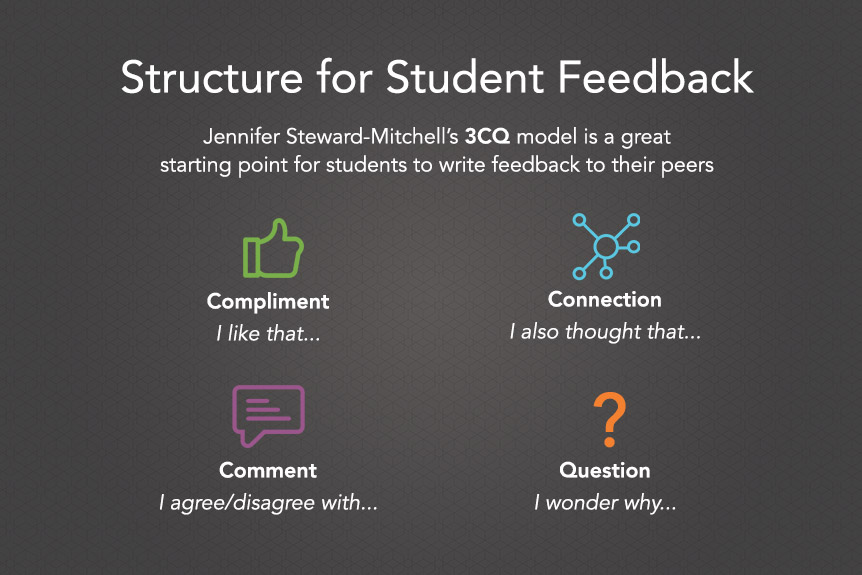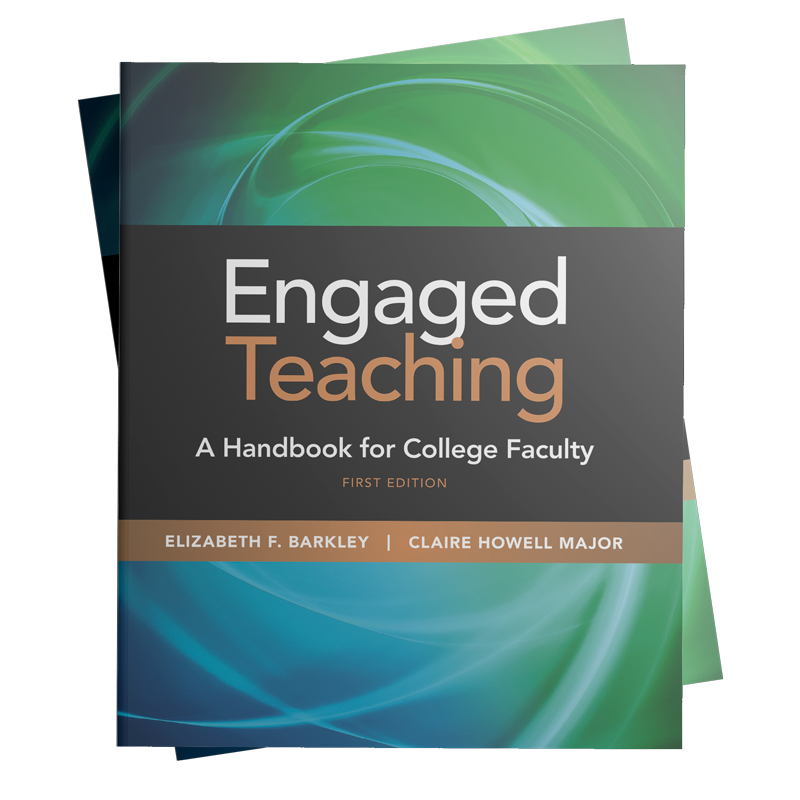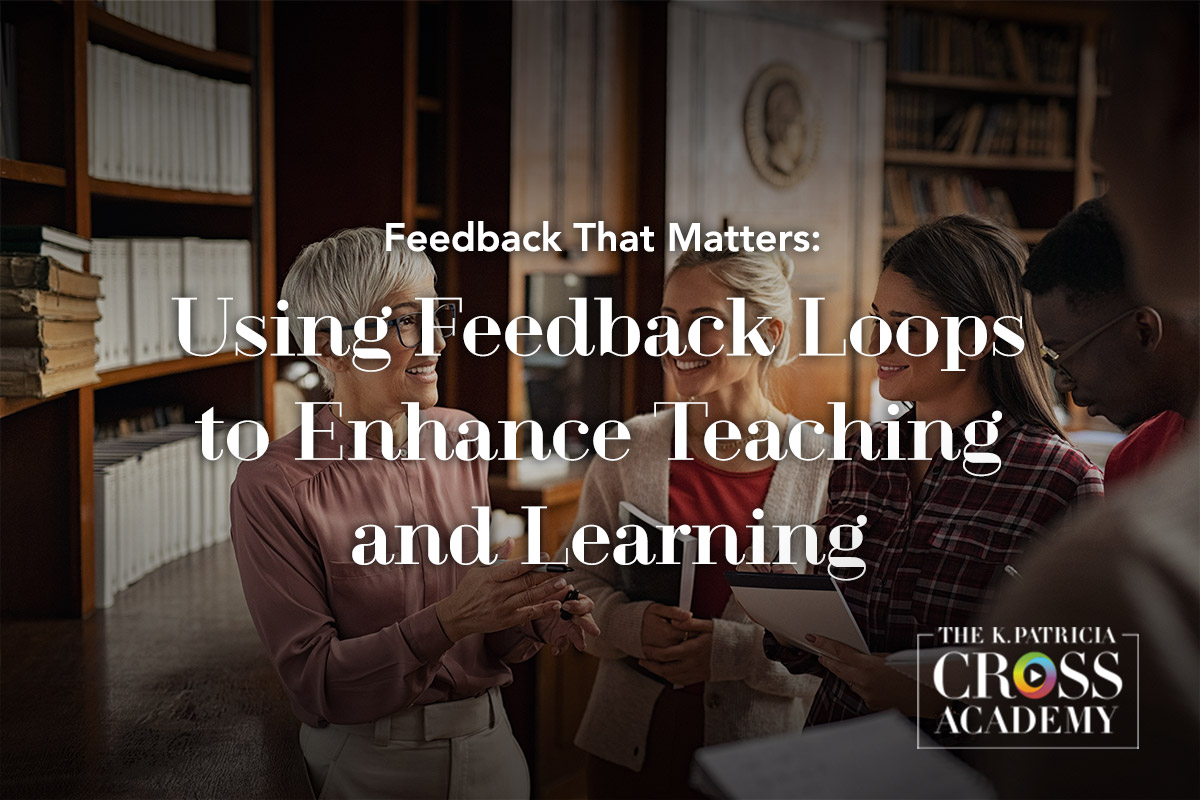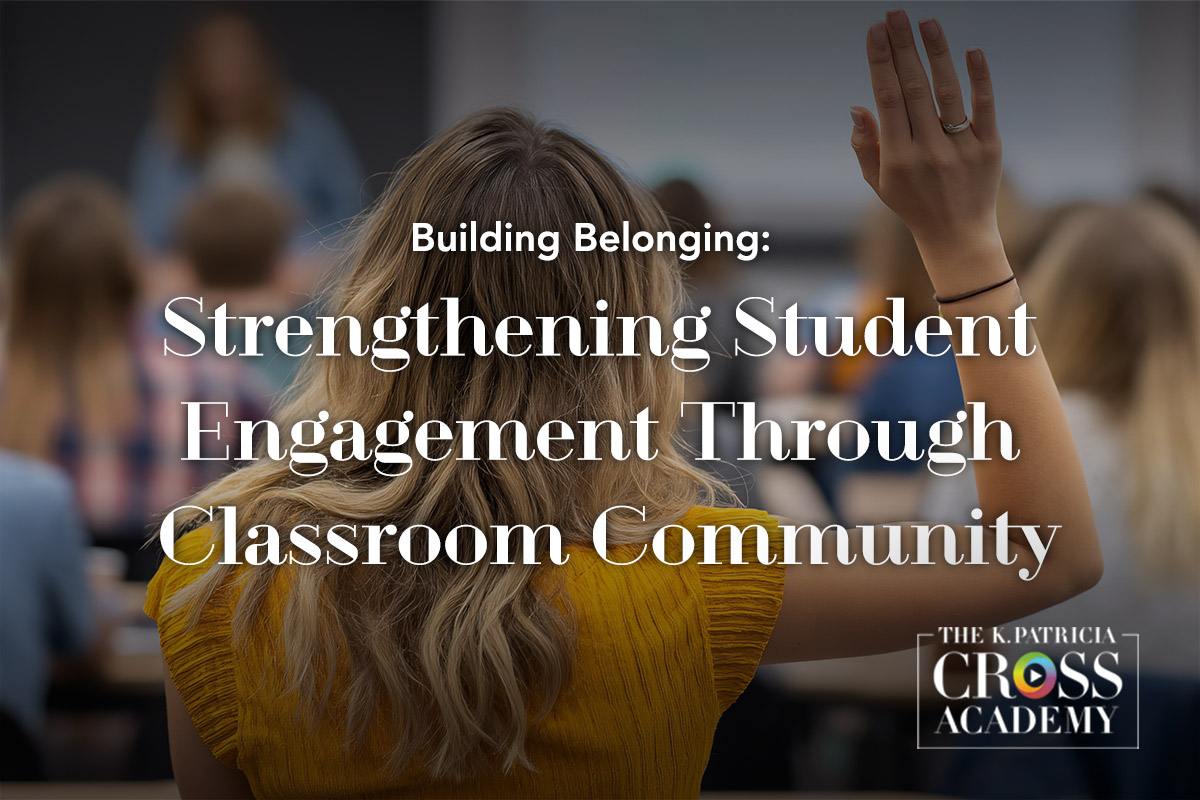
Lively discussions are a hallmark of face-to-face courses. Likewise, for decades, discussion boards have been a staple of online courses. But doing discussions online and through a text-based medium offers its own set of challenges.
Challenges and Advantages of Using Discussion Boards
Many times, instructors feel like they “should” assign discussion board posts. They do so for a variety of reasons, including to simply receive the “regular and substantive interaction” between students and teachers required in virtual classrooms. They also use discussion boards to help students connect with each other and to apply content in new situations, which are important learning goals.
Not being trained in online discussions, instructors often default to using rote approaches. For example, instructors often begin a discussion board assignment by asking each student to respond to an assigned reading and then review and respond to a couple of their peers’ posts in response. Over time, following this pattern can become boring for students.

What instructors often seem to want from the discussion is for students to engage in a formal writing assignment to which other students then respond. Onsite discussions are not typically so formal or developed and structured, and calling a formal writing prompt a “discussion” can be confusing for students. Moreover, there are better formats for formal writing online, such as turning in a formal paper or even writing and posting to a blog.
Sometimes students do the bare minimum required in order to complete the discussion board assignment. This means that they take a surface learning approach to the task rather than a deep learning one. The outcomes in these instances are not typically what instructors are hoping for when they make the assignments.
Despite their challenges, the value of interaction between students in an e-classroom setup can’t be underestimated. Indeed, there are several key advantages to asynchronous discussions.
- Online learning is lonely and isolating for students, which can lead to decreased motivation and increased attrition. Discussion boards provide a connection to other humans. They are, in short, a way to “humanize” online learning.
- Discussion boards help to create a social presence in an online course along with a sense of community. Presence and community, in turn, can foster emotional connections. They also improve student learning and can create greater feelings of satisfaction with the course.
- Discussion boards can help students who might feel overwhelmed by online learning know they are not alone but instead are in it together. Moreover, seeing what other students have to say can promote feelings of self-efficacy.
- Asynchronous online discussions often allow for wider participation and potentially deeper, more thoughtful treatment of the topic. Students have time to think before responding and to edit their responses before sharing them with others.
- A good online discussion provides a collaborative learning experience that promotes deeper understanding and learning.

Tips for Making Good Use of Discussion Boards
While there are no doubt many advantages to using online discussion boards, doing so is not easy. It is important to be intentional in minimizing the challenges and maximizing the advantages. We offer the following suggestions for making good use of discussion boards.
Set up and use the boards early.
While some students might be reluctant to participate early on, hitting the ground running is important to setting the pace for the course. If you want students to engage in discussion, start a thread in the first week of class and expect student participation.
Ask open-ended questions.
Too many discussion questions have a “right” or “wrong” answer. Develop questions that provide students with the opportunity for dialogue and debate. Questions that have many possible answers or many different ways to get to the answer are often the best approach.

Vary the group size.
Most discussion boards are done at the full class level, but that doesn’t have to be the case. Online discussions can be more effective if students work in smaller groups and then report back to the full class. Consider sometimes having a discussion with the full group and other times use breakout groups.
Vary the response form.
Most teachers who assign discussion board prompts expect students to respond to them in text, but this is not a requirement. Indeed, consider asking students to respond to discussion prompts with videos, concept maps, slide decks, or other media. When appropriate, consider offering explicit suggestions for multimedia responses to provide students with support and to enhance their understanding. In addition, there are tools such as VoiceThread and FlipGuard that allow students to post audio or video responses to each other.

Encourage students to engage in conversation in their responses to each other.
While it is good pedagogy for instructors to play an active role in the discussion process, it is also important to avoid having students only respond to the instructor and not each other. Instead, instructors can use their interactions on the board to encourage students to talk to each other.
Encourage students who need it most.
Some students can be intimidated by their peers’ posts. They can assume that they are far behind their peers. Reaching out to students to reassure them can be productive. Tell them that students often feel that way and that they shouldn’t let it stop them from engaging. Consider sending private emails to students who haven’t contributed much to encourage them to engage.
Offer students the option to start their own threads.
The typical approach to discussion boards is for the instructor to post a prompt and the students to respond. After the students get to know each other and have established rapport, consider having them take turns creating their own prompts each week. You can also assign pairs or small groups to not only post but also take charge of responding each week as well as summarizing key points from the discussion.
Give timely feedback.
Being a good facilitator of an online discussion board means giving students timely feedback on how well they are doing. It is particularly important early in the course to let students know if their posts and responses are meeting the objectives. Doing so sets the tone for the rest of the course. It is also good to continue to provide students with feedback throughout the course to ensure that the level of participation and quality of contribution remain high.
Assess for quality rather than quantity.
Instead of assigning a grade based on whether or how often a student posted or the number of words in a response, consider grading for posts that advance the discussion. You can also assess for the quality and depth of response. Some faculty also give points for timeliness of responses.
Consider providing a structure for responding.
Students may not always know how to provide good feedback. Providing them with a framework can be helpful. For example, consider Jennifer Steward-Mitchell’s 3CQ model:
- Compliment — I like that …
- Comment — I agree with that, I disagree because …
- Connection — I also thought …
- Question — I wonder why …
You can ask for all four or allow students to choose 2-3 of the options.

Provide students with a way to share information about themselves.
One of the best ways to encourage engagement with discussion boards, particularly among college students, is to provide them with ways to share information about themselves (but be careful not to get too personal). Consider the following techniques as a way to have students share information.
- Dyadic Interviews. View Technique →
In Dyadic Interviews, student pairs take turns asking each other questions that tap into values, attitudes, beliefs, and prior experiences that are relevant to course content or learning goals. To use within a discussion board, students choose what technology to use to interview each other and then post their findings to the class discussion board.
- Digital Story. View Technique →
In this technique, students create videos that tell personal or academic stories about life experiences relevant to course themes. In an online discussion board, students simply post a link to their videos and then respond to each other’s posts.
Discussion boards are an integral part of teaching online. Instructors who teach in a virtual learning environment need to find ways to capitalize on the benefits these kinds of discussions offer and find ways to vary discussions in order to achieve variety and spontaneity.
Suggested Citation
Barkley, E. F., & Major, C. H. (n.d.). Making good use of online discussion boards. CrossCurrents. https://kpcrossacademy.ua.edu/making-good-use-of-online-discussion-boards/

Engaged Teaching
A Handbook for College Faculty
Available now, Engaged Teaching: A Handbook for College Faculty provides college faculty with a dynamic model of what it means to be an engaged teacher and offers practical strategies and techniques for putting the model into practice.





